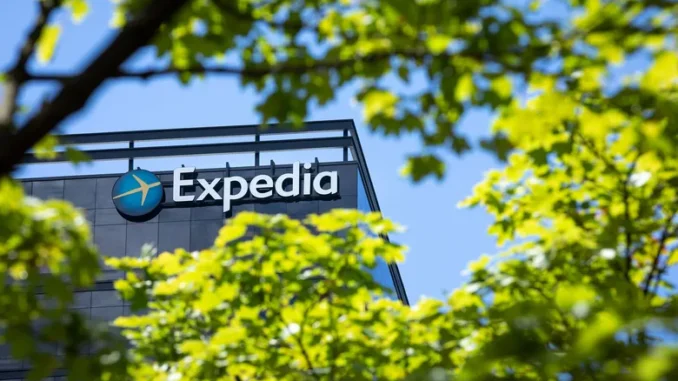
How to increase your chances of seeing the northern lights as the current solar cycle peaks
Earth will be afforded even more dazzling displays of aurora borealis activity.
If you’re a stargazer, prepare yourself for an uptick in northern lights activity amid the peak of the current solar cycle.
For the next year or more, the likelihood of seeing the northern lights, also known as the aurora borealis, will increase as Earth remains in the solar maximum of the current solar cycle, when more sunspots with the intense magnetic activity are expected, according to the National Oceanic and Atmospheric Administration Space Weather Prediction Center.
These sunspots have the capability of producing the solar flares and coronal mass ejections (CME) that manifest in a dazzling light show when they reach Earth.
What are the northern lights?’

The northern lights, or aurora borealis – and their southern hemisphere counterpart, the southern lights, or aurora australis – are “the last step of processes” from energy that originates from the sun, Elizabeth Macdonald, a space physicist with NASA’s Goddard Space Flight Center, told ABC News.
Aurora borealis events occur when a “blast of solar material and strong magnetic fields” from the sun interact with the atoms and molecules in Earth’s outer atmosphere, Shawn Dahl, coordinator for NOAA’s Space Weather Prediction Center, told ABC News. This interaction causes the atoms in Earth’s atmosphere to glow, creating a spectrum of color in the night sky.
“As part of that interaction, light gets released, and that’s what we see as this shimmering beauty of the aurora,” Dahl said.
Every 11 years, the sun’s magnetic field reaches its solar maximum, during which time the number of solar flares is at its highest, according to NOAA. The current solar cycle is expected to peak between November 2024 and March 2026, NOAA says, during which time northern lights activity will be heightened.
The best places to see the northern lights in the US and around the world

In the continental U.S., the best places to see the northern lights include the upper Midwest, such as the upper Michigan peninsula and North Dakota, Dahl said.
“That’s where the area of the country is more favorable to a more southward progression of the aurora,” he said.
The travel company Expedia Group recommended April, October and November as the best times to see the northern lights in Michigan. In Minnesota, Voyageurs National Park along the Canadian border in the fall or winter months is the best time to chase auroras, according to Expedia.
Leave a Reply